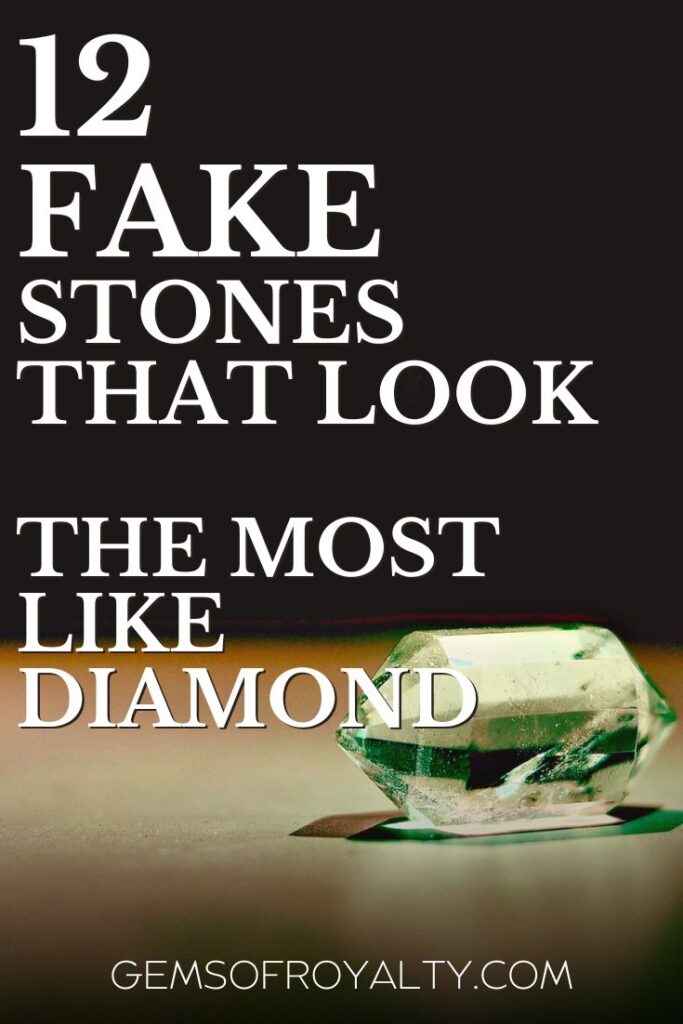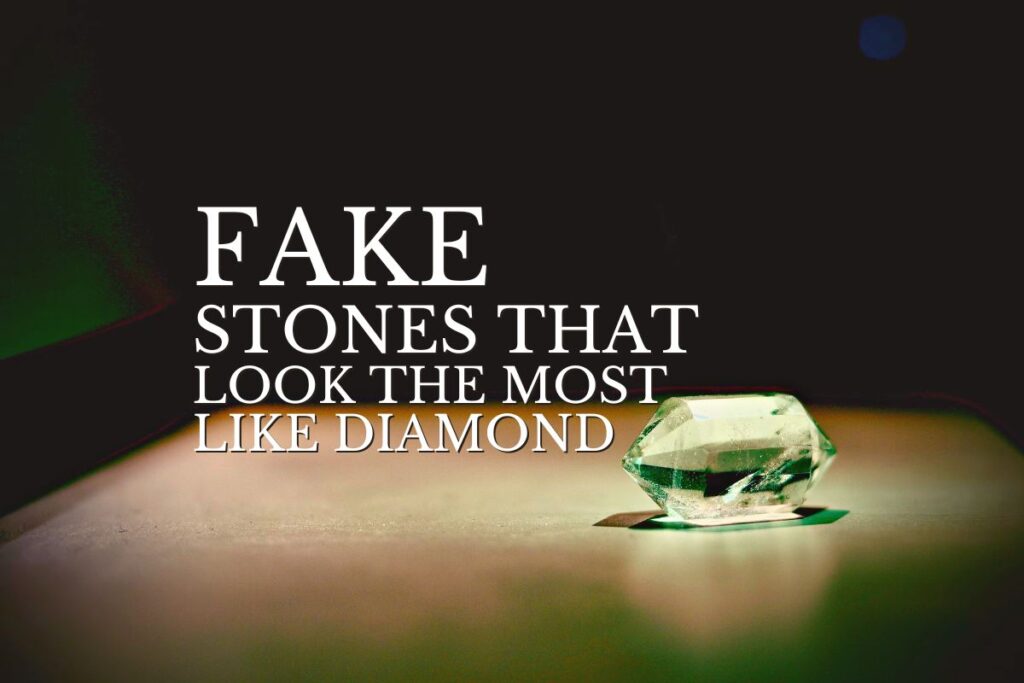Are you curious to find out which imitation stones come closest to resembling an actual diamond? There’s no denying how expensive genuine diamonds can be, but you’ll be surprised to learn how many alternative stones share similar qualities.
Moissanite is an imitation diamond that surpasses all other substitute stones because of its incredible resemblance to an actual diamond. It has similar properties, such as hardness and refractive index, and provides almost the same brilliance and fire.
If you want to learn more about the best diamond lookalikes and whether they can genuinely replicate the unique characteristics of a genuine diamond, then read on.
1. Moissanite
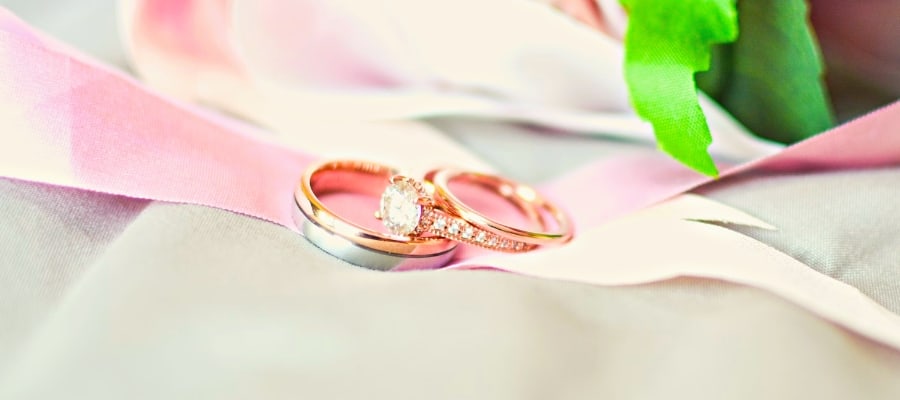
Moissanite is a lab-created stone composed of silicon carbide. It was first discovered in 1893 by French physicist Dr. Henri Moissan while collecting samples in Arizona after a meteor crash. Given its “diamond-like” properties, it quickly became one of the most popular gemstones in the world today.
The biggest advantage moissanite has over diamonds is its price tag – it’s usually around 80-90% cheaper than diamonds. Aside from that, both stones possess almost identical appearances, so they sparkle similarly when exposed to light.
The only noticeable difference between the two lies in their hardness; diamonds rank 10 on the Mohs scale (the highest grade possible), and moissanite rank 8 or 9, depending on other factors such as color.
This means that moissanite is slightly less durable than diamonds but still pretty close!
2. Cubic Zirconia

Cubic zirconia is a lab-created stone composed of zirconium dioxide and oxygen created through hydrothermal synthesis. It’s been around since the late 1970s and quickly became popular due to its diamond-like properties at an affordable price. As such, it’s often used as an alternative to diamonds when creating jewelry or other decorative items.
When it comes to looks, cubic zirconia can be hard to tell apart from a natural diamond because they share so many similarities. The main difference is Cubic zirconia looks more like glass than diamond due to its refractive index.
Cubic zirconia also differs from diamonds when comparing their thermal properties. Cubic zirconia will take longer to cool down than diamonds. Additionally, Cubic zirconia has a slightly greater density than diamond which causes light waves to bend differently for each type of stone, making them look different under magnification.
3. White Topaz
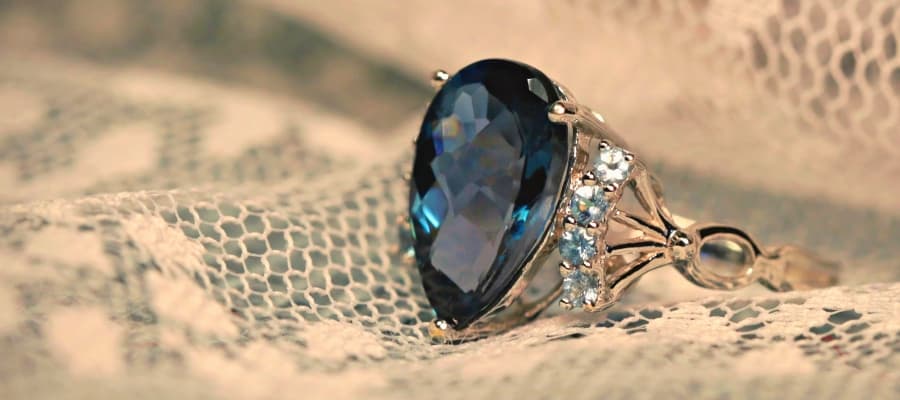
White topaz is a type of colorless quartz made up of silicon and aluminum molecules. It forms in magma chambers beneath the earth’s surface but can be found in shallow sedimentary deposits worldwide. Of course, most white topaz must be cut and polished before use in jewelry or other decorative items.
Many people choose white topaz because it offers a similar aesthetic without sacrificing affordability. Some consider it even more brilliant than natural diamonds depending on how well they’ve been cut and polished!
When comparing them side by side, though, there are slight differences in hardness rating (measured on the Mohs scale). The usual rating for white topaz would fall between 8 – 8.5, whereas diamonds rate at 10/10 – meaning that their edges will dull over time if not taken care of regularly.
4. White Spinel
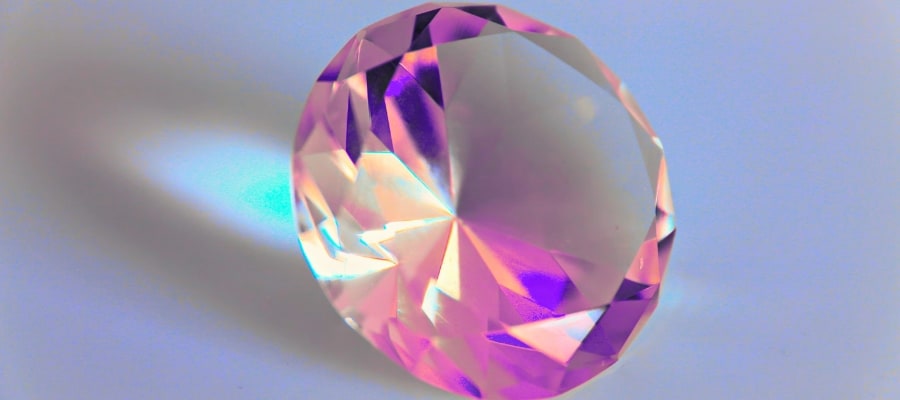
If you’re looking for an alternative that’s just as beautiful as diamonds, white spinel should be one of your top choices. Also known as ”faux” or lab-created diamonds, white spinel stones are sometimes considered one of the closest things to a real diamond in terms of look and feel.
But although both stones have certain similarities, there are some essential differences between them. A natural diamond is much more durable than white spinel. While white spinel has a Mohs rating of 8/10 (nearly equivalent to other precious gems), nothing beats the sturdy 10/10 rating of diamonds when it comes to overall strength and wear resistance.
In addition, genuine diamonds have unparalleled clarity and transparency, which makes them far more valuable than their imitation counterparts.
5. White Sapphire

White sapphire is an alternative gemstone with beauty and brilliance that rivals diamonds but without the hefty price tag. White sapphires are much more affordable per carat weight – typically about one-tenth of the price – making them an attractive option for those looking for a stunning stone on a budget.
On the Mohs hardness scale, diamonds are rated 10/10, while white sapphires only measure 9/10, making them slightly softer than diamonds. This means they can be scratched more easily than diamonds, so extra care should be taken when wearing them.
White sapphires are less transparent than diamonds, exhibiting a more cloudy or milky appearance. White sapphires also lack the unique fire that diamonds display when exposed to light. As such, they’re not considered a diamond imitation but rather an alternative gemstone.
6. White Zircon
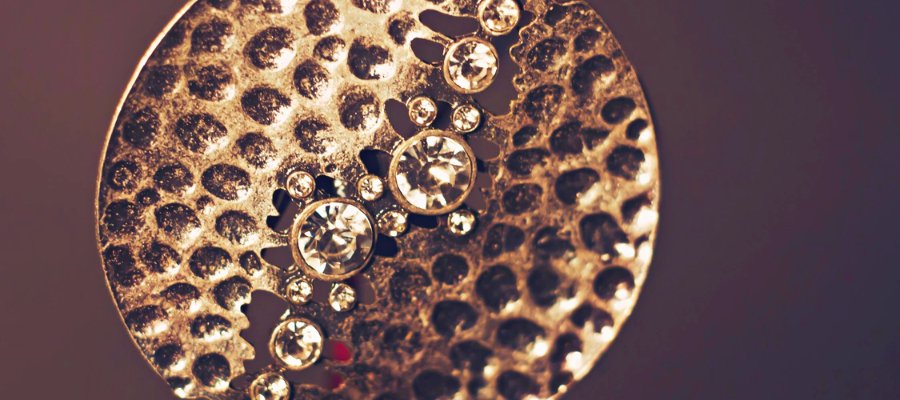
White Zircon is a natural mineral that’s often confused with cubic zirconia. However, they’re actually quite different. White Zircon is a natural mineral, whereas cubic zirconia is exclusively lab-created.
The stone is clear or white, hard enough to be cut into all sorts of shapes, and has reflective properties, making it attractive when properly cut and polished.
White Zircon can make a great diamond alternative due to its strength and affordability. It also has similar optical properties to diamonds, making them look almost identical when viewed from afar.
But on the Mohs scale, White Zircon rates only 7 – 7.5/10, making it less durable than a natural diamond. Furthermore, unlike diamonds, White Zircon tends to fog up when exposed to humidity or extreme temperatures, making it less desirable for those looking for a durable, sparkly gemstone to wear on any occasion.
7. White Quartz
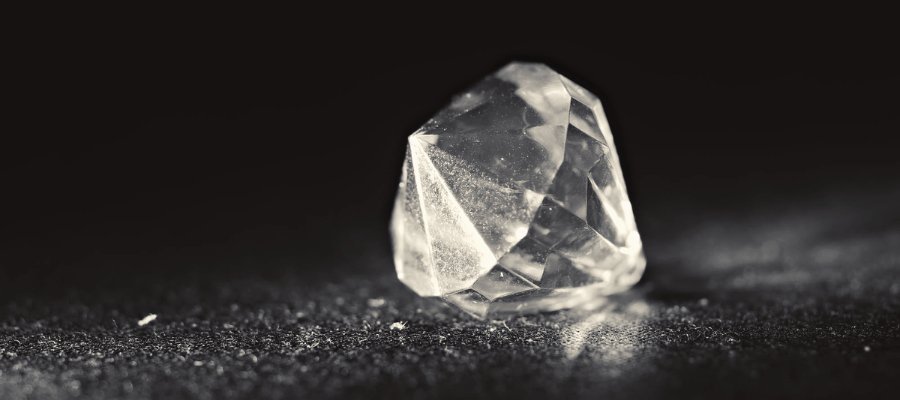
White quartz is an attractive alternative gemstone to a natural diamond, thanks to its glossy, “glass-like” appearance. It’s made of silicon dioxide and crystallizes underground from magma chambers.
White quartz is a hard and durable stone with a Mohs hardness rating of 7 – making it softer than diamonds. It can still be scratched and damaged, so care must be taken when wearing it.
White quartz is also more affordable than diamonds because it can be found in abundance – making it an attractive option for those on a budget. The key difference between white quartz and a natural diamond is the price point and lack of prestige associated with the former – something only true connoisseurs may recognize when comparing both stones side by side.
Although non-experts may not be able to tell them apart at first glance, those familiar with their subtle differences can easily spot them, making white quartz perfect for anyone looking to add luxurious sparkle without going broke in the process!
8. White Agate
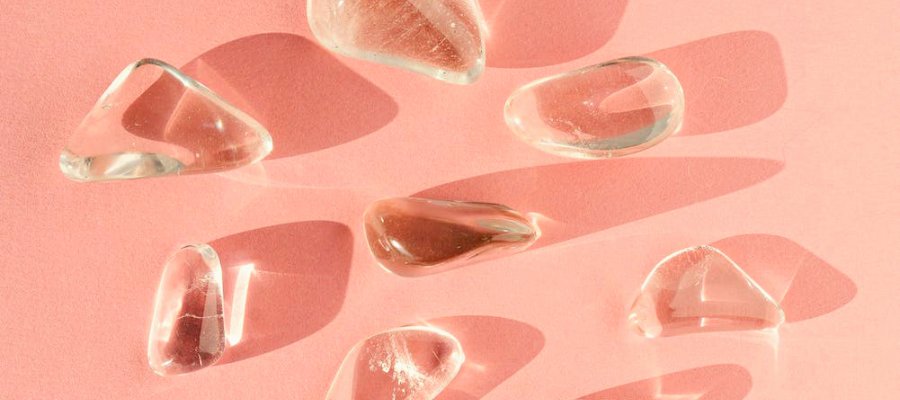
White agate stands out due to its versatility. It comes in an array of sizes, shapes, and textures, which can create beautiful pieces of jewelry that are unlike any other. Its smooth surface means it won’t snag on clothing and moves elegantly. Moreover, it’s incredibly durable and scratch resistant, so you never have to worry about damage or wear over time.
The main difference between white agate and diamonds is cost – white agate jewelry can cost anywhere from 5-10 times less than a comparable diamond piece. However, there are also differences in quality. While both substances are durable and scratch-resistant, diamonds are purer and have more sparkle due to their higher refractive index.
However, white agate still shines like a diamond and will not lose its luster over time. It’s a great alternative to diamonds for anyone looking for an affordable and unique gemstone.
9. Morganite
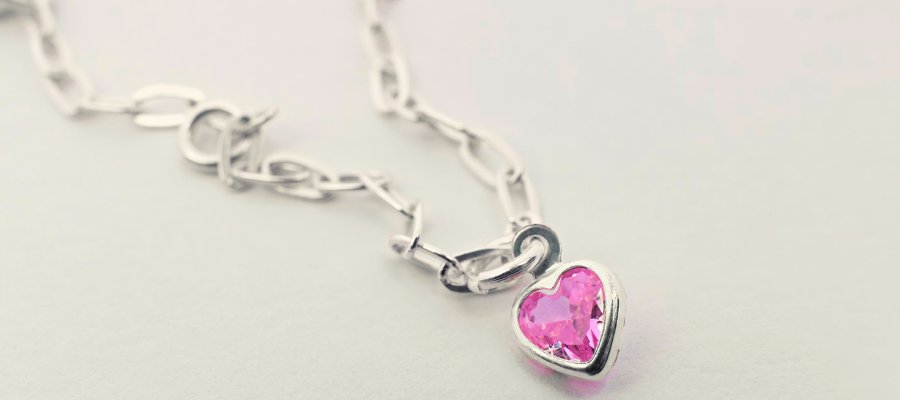
Morganite is a pink variety of beryl, and its subtlety and color have made it an increasingly popular choice for those who don’t want the glitz that often comes with diamonds. But what are some of the characteristics that make this stone so close to its pricier counterpart?
The first thing that strikes people about morganite is its beautiful pale pink hue. This color can range from soft pastel tones to intense blush pinks depending on where it was sourced and what cut it received. Morganite also has excellent clarity, which helps enhance its sparkle even further.
The durability of morganite is one of its significant benefits as a gemstone choice. It falls between 7.5 – 8 on the Mohs scale, meaning that when it’s well cared for, it can keep its sparkle for years without losing much luster or fading in color.
It’s also resistant to acids and other environmental factors, making it perfect for everyday pieces like necklaces or earrings that you can wear anywhere.
Perhaps the most appealing thing about morganite is its fantastic affordability compared to diamonds – as much as ten times less costly! So if your budget doesn’t stretch to diamonds, but you still want an eye-catching stone for your jewelry collection, this could be a great option.
10. Aquamarine
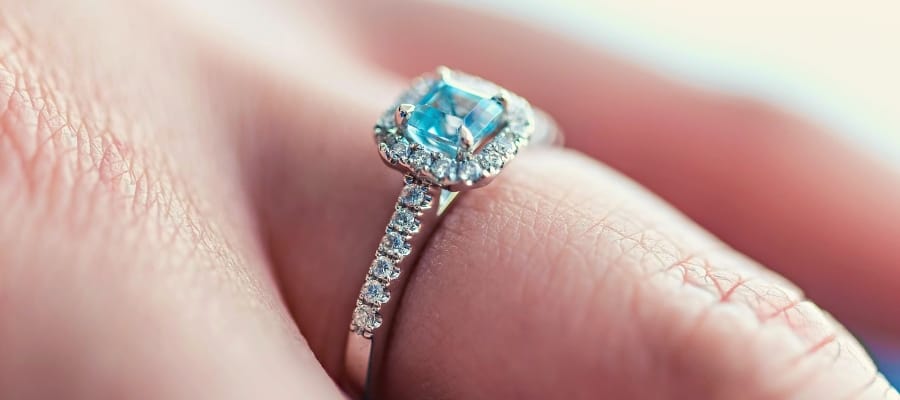
Aquamarine is a beautiful gemstone that comes in a variety of colors. It is most commonly known for its blue color, but it can also be found in green, yellow, and even pink. The name “aquamarine” comes from the Latin word for “water,” which is fitting because the stone is said to have a calming effect on the wearer.
Aquamarines are found all over the world, but the largest deposits are in Brazil. The stone is reasonably affordable and can be found in various jewelry styles. Aquamarine is an excellent choice whether you want a ring, necklace, or earrings.
Aquamarine is more delicate than diamonds and other gems, registering between 7.5 and 8 on the Mohs hardness scale. This makes it a bit more susceptible to scratches and other signs of wear, so you’ll want to take care when cleaning or polishing the stone.
In addition, salt and chlorine can damage the stone over time, so you should remove any aquamarine jewelry before swimming or using a hot tub!
But despite its softer nature, aquamarine still has a lot to offer. It’s often used in various jewelry pieces because of its unique and beautiful color. It’s also affordable compared to diamonds, making it an excellent option for those on a tighter budget.
11. Amethyst
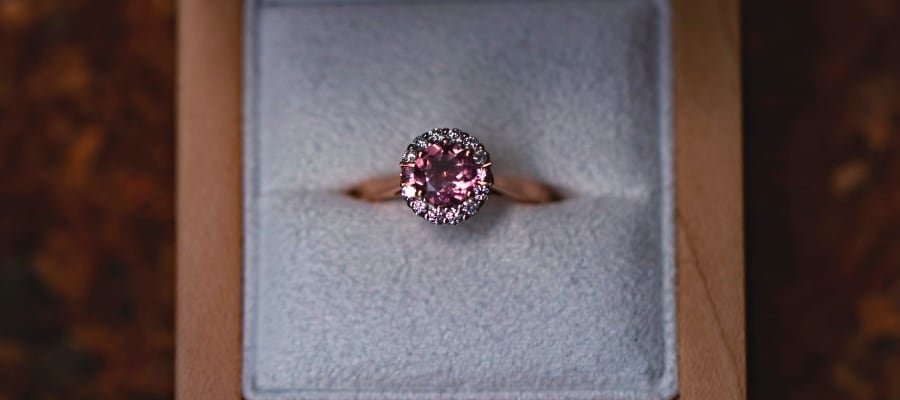
Naturally occurring minerals are the source of many beautiful gemstones like diamonds, rubies, and sapphires. But when you’re searching for something a little more affordable, you can always turn to amethyst. This stunning magenta-purple stone is strikingly similar to its pricier cousins.
Amethysts get their luscious coloring from trace minerals in the ground where it was formed. It’s also quite durable and scratch resistant compared with other gemstones – making it ideal for everyday wear and tear on jewelry pieces.
The hardness of this gem ranges between 7 – 7.5 on the Mohs Scale – so although it can withstand minor damage or dents, be sure not to bang it against hard surfaces if possible. You’ll also want to clean it regularly with a soft cloth and mild detergent to keep it shining.
Amethyst is not only beautiful but also quite affordable compared to diamonds, making it a great choice if you’re looking for a unique piece of jewelry.
12. Emeralds
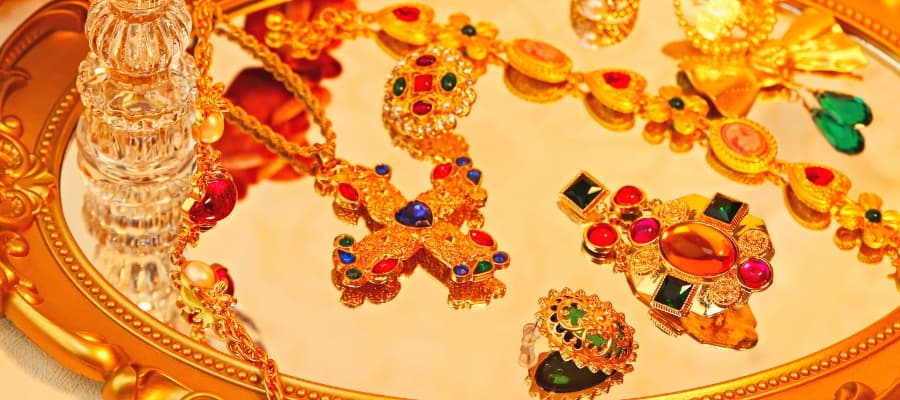
Emerald is a type of beryl stone that comes in various shades of green due to its trace minerals. Emeralds are not as hard as diamonds, so they must be treated with extra care if placed into a jewelry setting.
Like many other stones used for jewelry making, emeralds can be mined from the ground or created artificially. Some may opt for lab-created stones because of their affordability but remember that these stones are sometimes different from those found in nature since they don’t have any trace minerals that give emeralds their characteristic green color.
Emeralds are softer than diamonds and rate 7.5 – 8 on the Mohs Scale of Hardness. This means they must be treated with care, as hard knocks can damage the stone.
If you’re looking for an eye-catching stone for your jewelry collection, emeralds could be a great fit. Their lush green color is hard to miss, and they will undoubtedly add a charming sparkle to your look. Their reasonable price makes them an excellent choice for various jewelry styles.
